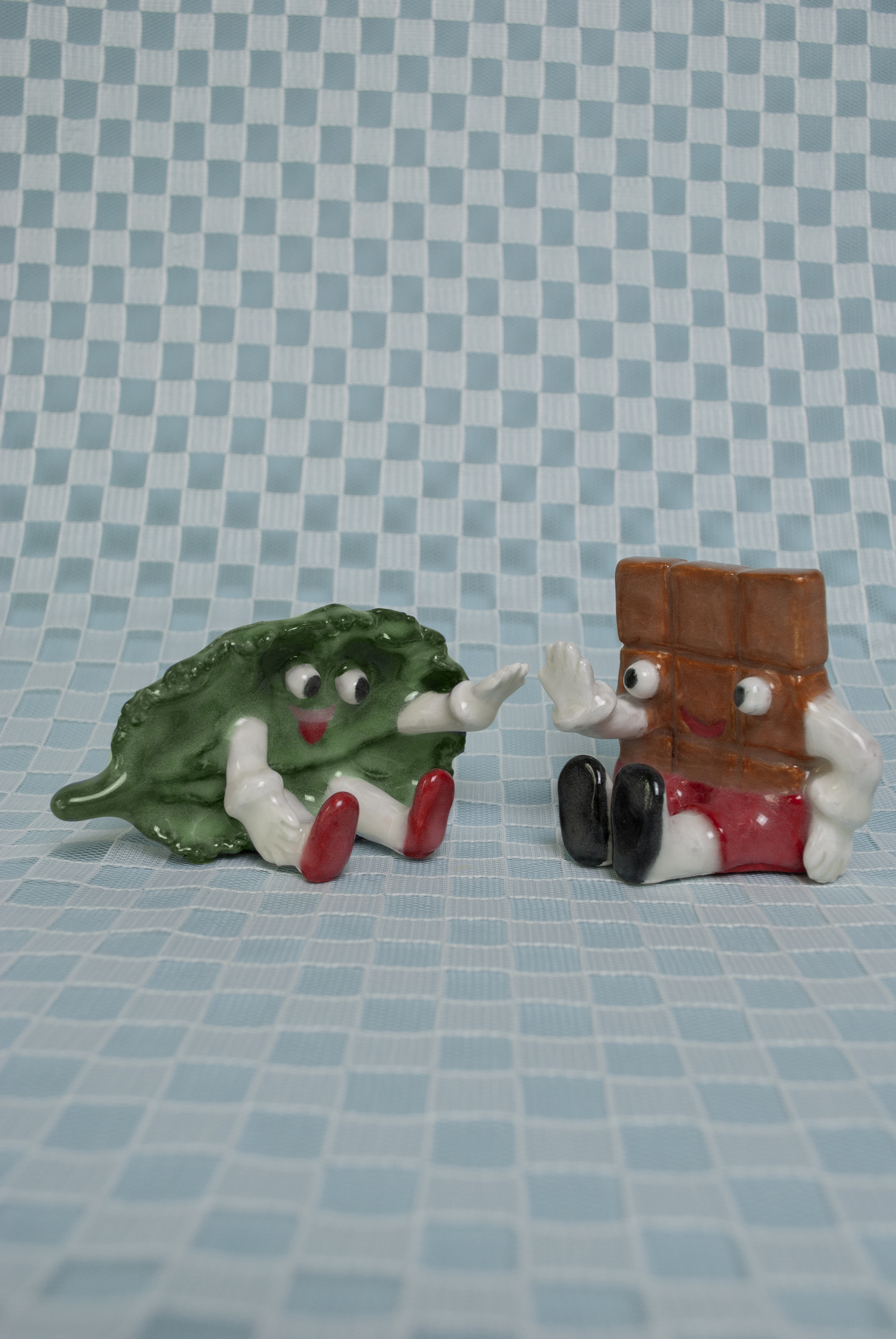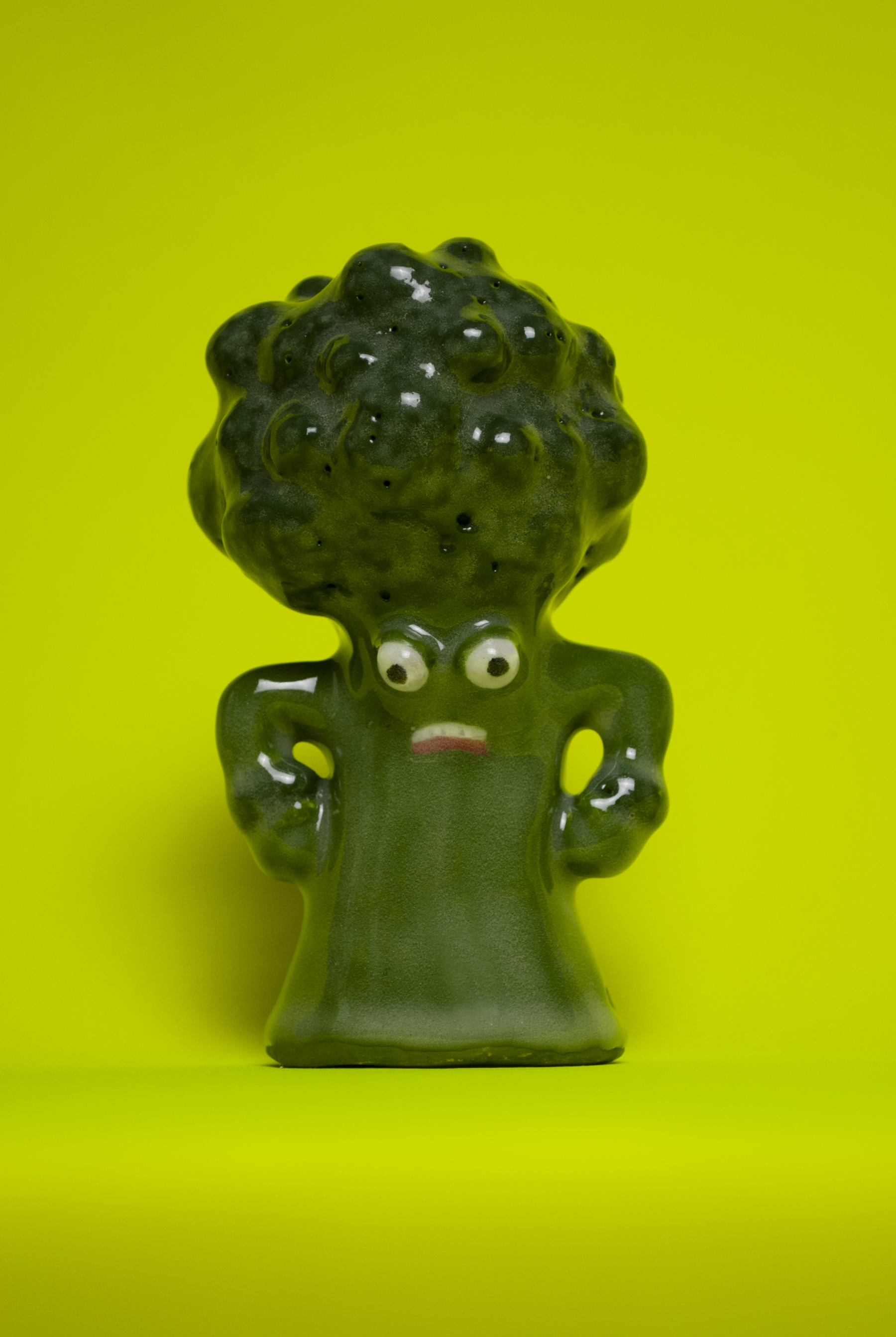How to make happy eaters
We speak to an intuitive eating expert to get the lowdown on cutting through confusing and conflicting messaging around food

We all want to help young people become healthy eaters who enjoy a variety of foods, are happy with their bodies, and know there’s more to life than what’s for dinner. It’s not easy though, especially when school kitchens have hit pause and we’re planning meals and snacks all day, every day. We asked Laura Thomas, Registered Nutritionist and Director of the London Centre for Intuitive Eating, for some tips.
All foods fit
Laura explains that nutrition’s quite a difficult, abstract concept for kids to grasp. ‘If we’re categorising foods,’ she says, ‘the subtext we’re selling kids is “If I eat a bad or unhealthy food, I am bad or unhealthy.’’’ Instead, try to remember that ‘all foods fit as part of a healthy, varied, balanced diet’. Take kale and chocolate – both are tasty, both have different nutrients, both are just food.
Shared responsibility
‘The division of responsibility divides the roles of feeding and eating into the parent and carer role, and the child role,’ says Laura.
The parent or carer decides ‘what food to offer, and where and when to offer meals and snacks – it’s important that there’s some structure and it’s not just a free for all’.
Meanwhile, ‘children decide how much and what to eat, from what’s offered’. It’s about offering a mixture of familiar and new foods, and encouraging them ‘to help themselves and take a little bit of everything, without putting pressure on them to do so’.
This technique helps to reduce conflict too. ‘Kids don’t have autonomy in a lot of places in their lives,’ Laura explains. ‘Food is sometimes one of the ways they exert autonomy. By using the division of responsibility, we set some boundaries but let children have some control.’
It’s also important not to rush. ‘In the same way that we wouldn’t expect kids to bust out a complex equation, we can’t expect them to want to eat a complex dish,’ says Laura. Children need the chance to get to know textures and flavours before they’ll enjoy tucking in. Laura has plenty of non-pressurised ideas to help broaden their experiences of different foods, including food play. Even playing kitchens or shops with empty packets counts!
Big picture
But what about a balanced diet? ‘Parents and carers often feel pressure to provide perfect meals at every feeding event,’ says Laura, but she emphasises that ‘children’s appetites and emotional states fluctuate. Zoom out, and look at the bigger picture over days, weeks and months.’ This picture isn’t just about food, either – we can ask other questions too.
‘Are they growing predictably? Do they have lots of energy? Are they getting about the same number of colds and infections as their friends? Are they playing? Are they doing OK at school?’ All of these bigger things can help us determine how healthy a child is, says Laura – ‘rather than narrowing in on “well, they haven’t eaten their broccoli”’.

Snack time
When it comes to snacks, Laura has two pieces of advice: ‘Make sure the snack is big enough – an apple is not enough to keep a kid zooming around.’ And ‘Look at something that’s quite balanced in terms of proteins, carbs, and fats,’ to give energy. ‘We might put out some sliced apples, some bits of cheese and some crackers,’ says Laura. ‘It might also be a plate of cookies with some fruit on the side, or a trail mix kind of thing.’
To find out more about Laura, you can find her on Instagram @laurathomasphd. If you’re worried about disordered eating, check out Beat – the UK’s leading eating disorder charity.